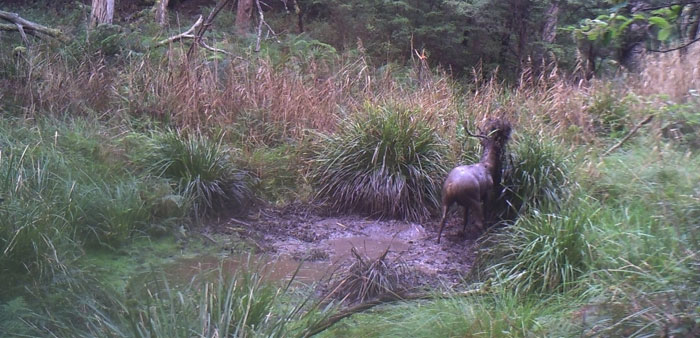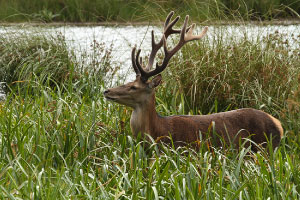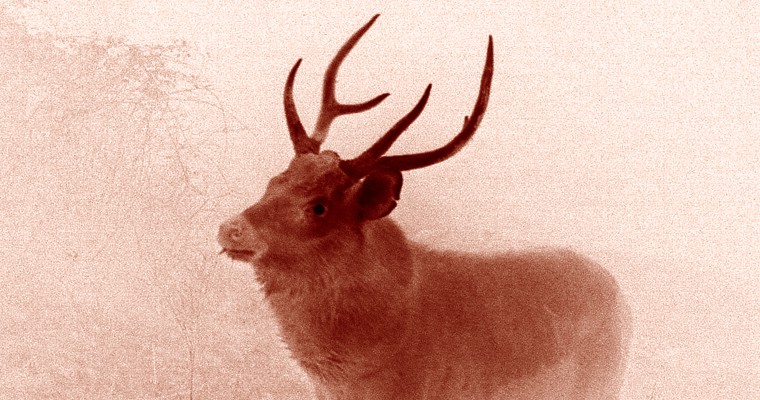
Apart from being mammals, what do deer, pigs and goats have in common? All invasive animals introduced in the early days of European colonisiation and harmful to both the natural environment and farming businesses. All difficult to control, with both technical and social barriers. They are also all the focus of a new Senate inquiry.
‘The impact of feral deer, goats and pigs’ has been referred to the Environment and Communications References Committee for report by February 2019.
Please make a submission if you have any experience or evidence of the problems caused by these species or views on how current approaches can be improved.
How to make a submission
The closing date for submissions is 2 November 2018. Individuals and organisations are invited to submit opinions and proposals in writing through the inquiry’s submission process via the Parliament of Australia website.
- How to prepare a submission >>
- You will need to create a My Parliament account to upload your submission >>
- Upload your submission >>
Contact us if you would like more information about impacts or a copy of our submission. All submissions will eventually be made available on the inquiry’s website.
Biodiversity blights and landscape degraders
Feral deer, goats and pigs between them imperil hundreds of threatened native species and ecological communities, and cause extensive landscape degradation.
A 2011 nomination by the Invasive Species Council for listing feral deer (six species) as a key threatening process compiled evidence of threats to 18 species and ecological communities – most listed as nationally threatened – but this is just the tip of the iceberg.
The draft deer management strategy for Victoria says more than 1000 plant and animal species are impacted by deer in that state. A study of their impact in Royal National Park found that deer were gross habitat changers (Moriarty 2004). Deer also damage sensitive habitats such as wetlands, riparian areas and mossbeds. The potential range of each deer species is much greater than their present distribution, implying much greater damage in future unless they can be contained and controlled (Davis et al 2016).
There is also potential for feral pigs to spread much further. They currently occupy about half the continent and impact more than 150 nationally threatened species and ecological communities – see the threat abatement plan). They eat threatened plant and animal species, cause extensive degradation of wetlands and riparian ecosystems, transform habitats and spread weeds and pathogens.
Feral goats are known to impact more than 50 nationally threatened species (according to the outdated threat abatement plan). Where they occur in high densities, ‘feral goats are the most destructive pest animal in the semi-arid and arid regions’ (Burrows 2018). They can significantly alter the composition of plant communities and because they can survive on low-nutrient fibrous vegetation and tolerate drought conditions, they ‘can cause irreversible changes to plant communities’.
Social and political barriers
One issue that should be considered by the inquiry are the social and political barriers to threat abatement. Each of these species is valued by certain sectors of society, which has undermined control efforts and escalated the threats. Feral deer are prized by hunters, whose political influence has led to deer being protected for hunters in Tasmania, Victoria and New South Wales, and both feral deer and pigs have been illegally moved to new areas to provide more hunting opportunities.
Feral goats have become commercially valuable for some graziers for an export market in goat meat, which has created a perverse incentive for keeping goats in the landscape.
Key threatening processes
One important aspect of the inquiry is the role of the federal government under national law in listing and abating key threatening processes. As outlined in our recent discussion paper, those processes are currently failing – the listing of key threatening processes is not comprehensive, many listed threats have no abatement plan and many abatement plans are poorly implemented.
Feral pigs were listed as a key threatening processes in 2001, the first abatement plan was reviewed in 2011, which led (six years later) to the latest abatement plan, released in 2017.
Feral goats were listed in 2000 and the most recent abatement plan was published in 2008. This plan was reviewed in 2013 but has not yet been revised.
The slowness of these processes – the six or more years taken to revise abatement plans – exemplifies the low government priority given to abating major biodiversity threats.
The Invasive Species Council nominated feral deer as a key threatening processes in 2011 but the nomination was not assessed due to the intended listing of an all encompassing novel biota key threatening processes. That 2013 listing of novel biota has not led to any threat abatement activity.
We hope the Senate inquiry will result in strong recommendations for reforming and properly funding key threatening processes. This is vital for generating national collaboration and a long-term research and management focus, and will help the myriad of species and communities affected by these species, not just those listed as threatened.
Please help us convince the Senate inquiry of the gravity of these feral animal threats by making your own submission.
More info




